Take Control of Your Energy Use
This tutorial is designed to provide you with the basic information you’ll need to save money, and you’ll also walk away with your own energy management plan.
Click to begin
There will be audio playing automatically throughout this tutorial. Please be sure to turn on the sound to follow along.
Welcome and Introduction
About:
- This tutorial was developed in partnership with the George Washington University Environmental and Energy Management Program.
Topics to be covered:
- The Cost of Electricity
- Home Electricity Use
- Online Tools
- Saving Money and Energy
- Home Energy Management Plan
- And finally, we’ll guide you through how to create your own Personalized Energy Management Plan at the end of this tutorial
The Cost of Electricity
The Cost of Electricity
- Electric power is generated at power plants
- Large, high-voltage transmission lines carry the electricity over long distances and bring them to substations
- A local distribution system of smaller, lower-voltage distribution lines moves power from substations to customers
- We deliver energy, but do not generate it
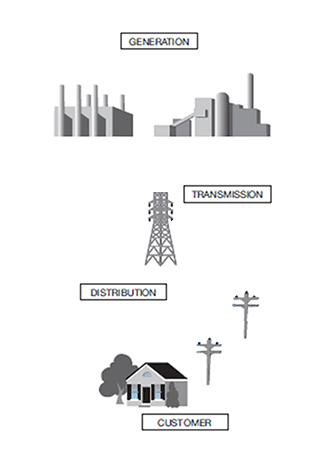
What is a Kilowatt-Hour (kWh)?
Ten 100 Watt Light Bulbs
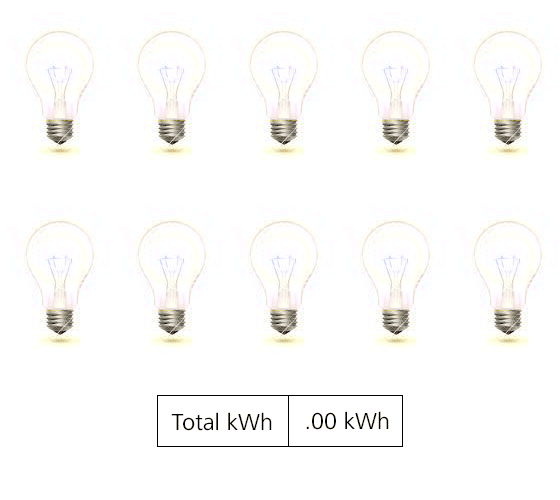
Calculating kWh

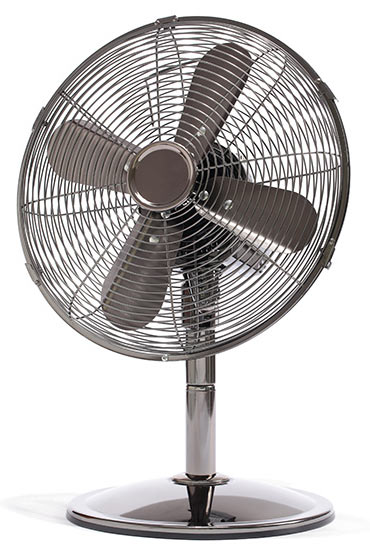
Home Electricity Use
Common Household Appliances Usage
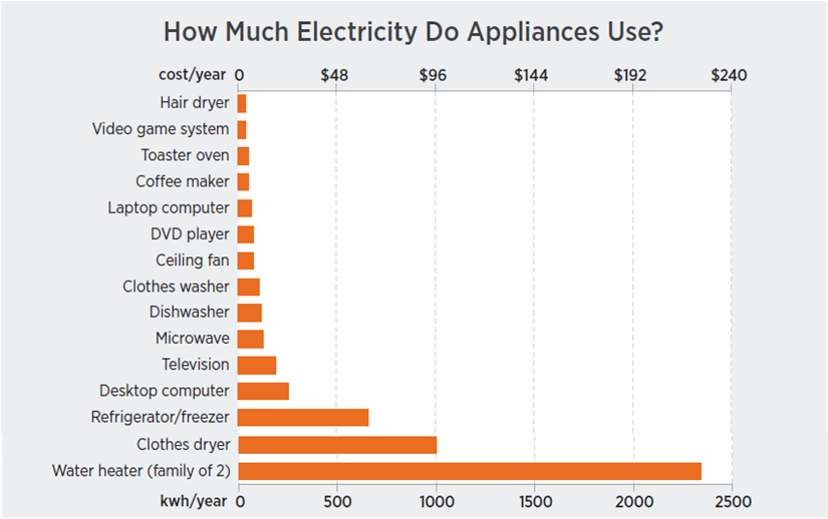 Source: U.S Department of Energy
Source: U.S Department of Energy
The Smart Meter
- What is a smart meter?
A smart meter is a digital meter that records your energy use in hourly increments

- Delmarva Power has installed smart meters at customers' homes and small businesses
- A few smart meter benefits include, but are not limited to:
- Detailed energy use information on My Account
- Faster outage restoration
- Improved customer service
Online Tools
Understanding Your Energy Use: My Account Tools
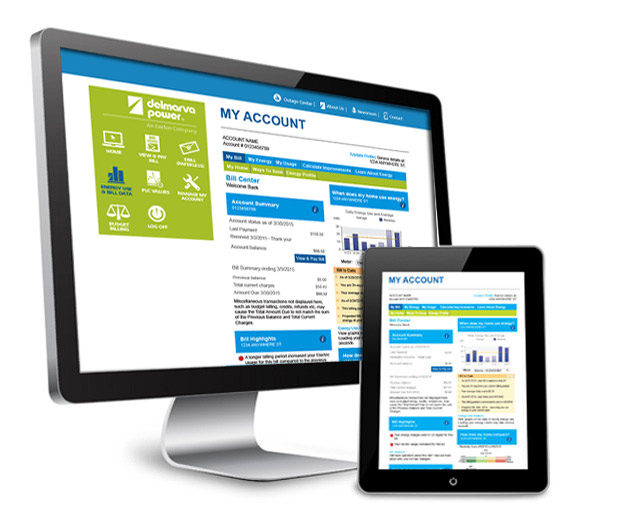
- Online energy management tools will show you how and when you use energy
- Visit delmarva.com to sign up or click here to login
Energy Management Tools on My Account:
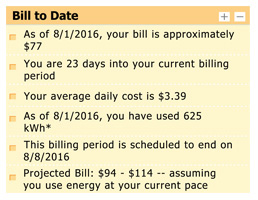
Tells you what your current bill is at any given time during the month and projects your final monthly bill
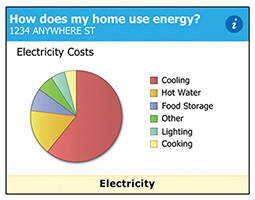
Provides detailed information on how you use energy in your home
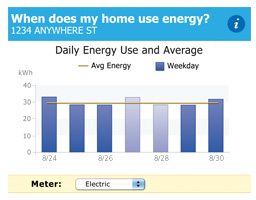
Displays your hourly, daily, weekly, or monthly energy use information
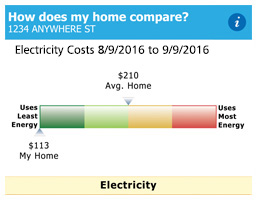
Shows your energy use compared to similar homes in your neighborhood
Click here to view our video with helpful energy management tools
Saving Money and Energy
Learn more about how your home uses energy
- Heating and Cooling
- Hot Water
- Appliances
- Lighting
Learn more
What is the recommended temperature setting for a water heater?
Incorrect!
Try AgainCorrect!
The recommended temperature setting for a water heater is 120°F
Continue
Hot Water Savings Actions Include:
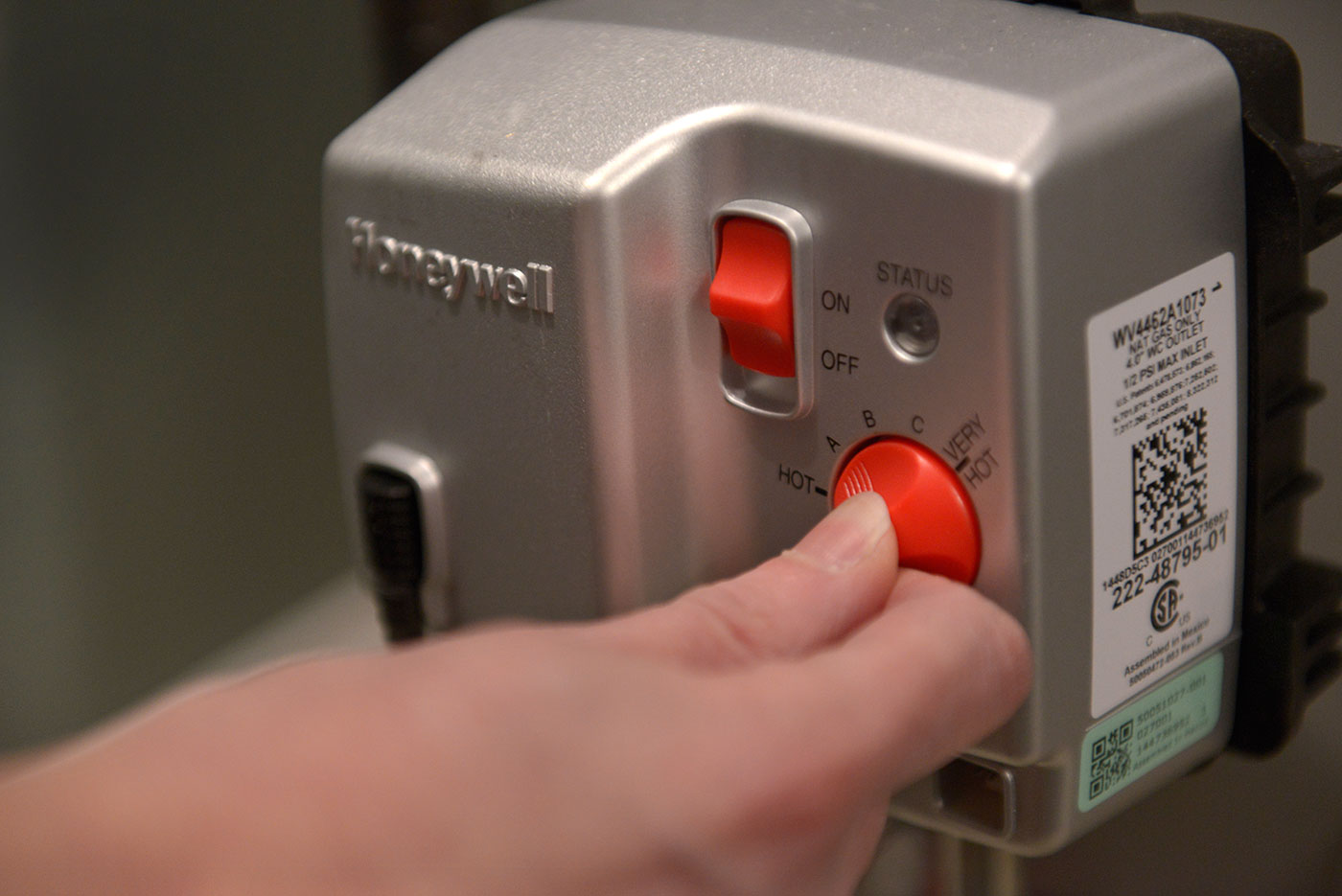
- Turning the water heater down to 120°F.
- Using less hot water and wash clothes in cold water whenever possible
- Fixing water leaks promptly
- Installing high efficiency showerheads and aerators in the bathroom
- Insulate the outside of your electric water heater with an insulation blanket to reduce heat loss
Do you know which kitchen appliance uses the most energy?
Incorrect!
Try AgainCorrect!
The Refrigerator uses the most energy.
Continue
Appliances
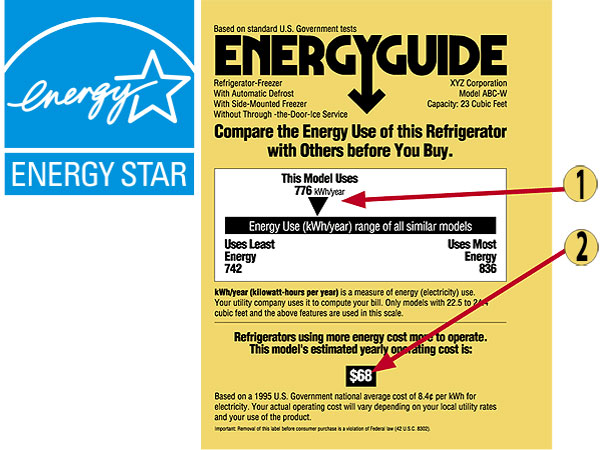
When buying appliances, consider ENERGY STAR® products
- Estimated energy consumption on a scale showing a range for similar models
- Estimated yearly operating cost based on the national average cost of electricity
Do you know what household item uses the most energy during the summer?
Incorrect!
Try AgainCorrect!
The Air Conditioning Unit uses the most electricity during the summer.
Continue
Thermostat Settings and Smart Thermostats

- During the heating season use the lowest comfortable temperature setting when home and awake
- Turn down the thermostat when not in the home
- Install a programmable thermostat
Heating and Cooling

Insulation and Air Sealing
- Insulating and sealing your how from air drafts is very important to keep the warmed or cooled air inside your home
- Major areas of the home that need heavy insulation, include attics, walls, and crawl spaces
Only 20% of homes built before 1980 are well insulated, so if your home falls into that category, you may need to add insulation.
Equipment Maintenance
- Regular maintenance of your heating and cooling system is also very important to maintain an energy efficient system. The following schedule can help you keep on track:
- Service oil heating systems yearly
- Service natural gas systems every two years
- Replace filters on air systems
Do‐it‐Yourself Actions to Reduce Drafts
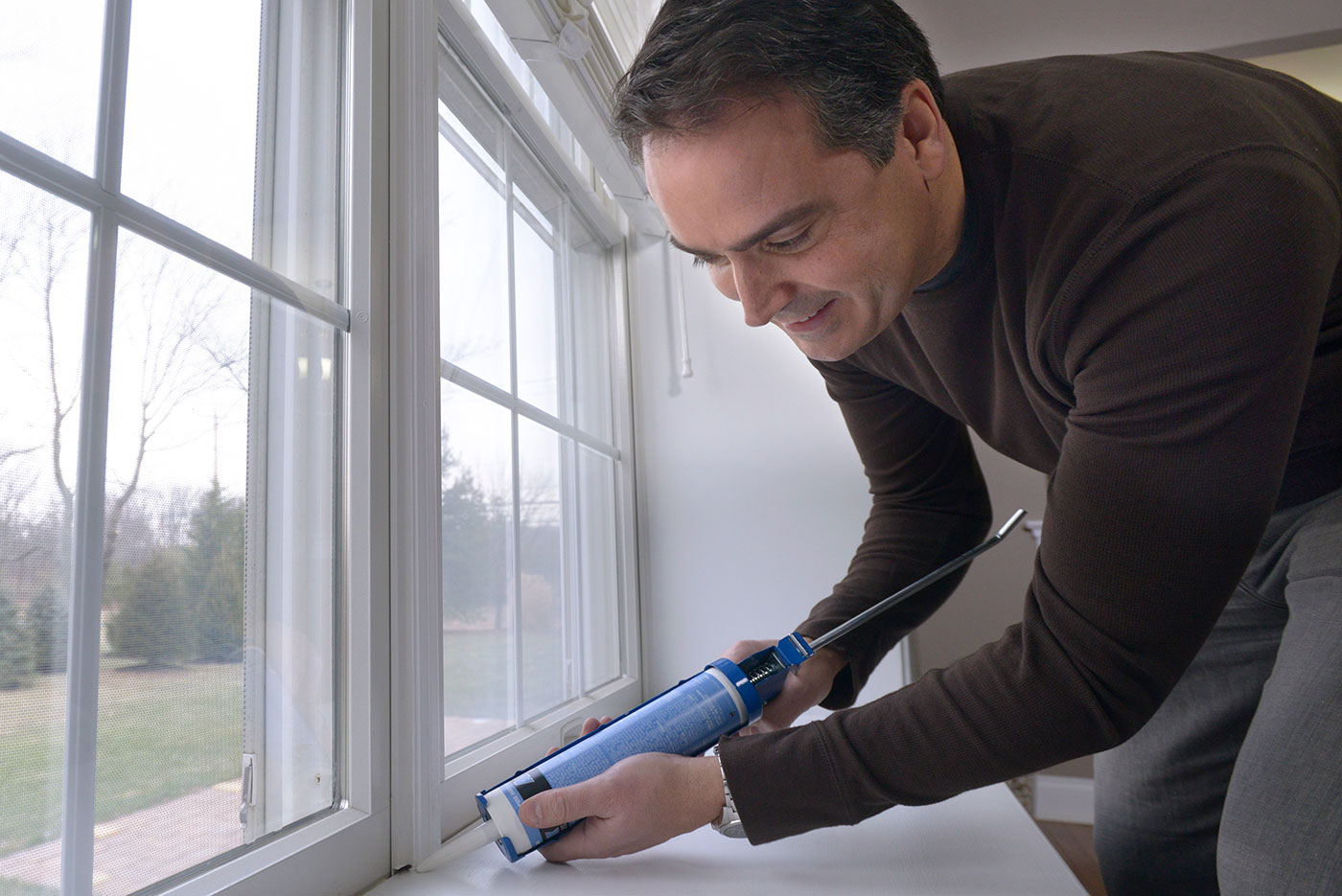
- Caulk interior cracks
- Make sure windows are latched securely
- Weatherstrip or rope caulk drafty windows
- Install plastic sheeting on windows
- Install sweeps or weatherstripping on doors
- Install gaskets on wall outlets and light switches
- Close fireplace flue when not in use
Which uses more energy?
Incorrect!
Try AgainCorrect!
A room air conditioner uses more energy!
Next Question
Which uses the most energy?
Incorrect!
Try AgainCorrect!
A 45” LED TV uses the most energy!
Continue
Light Bulbs
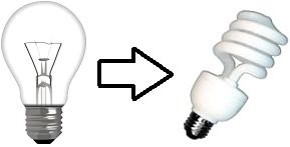

Lighting Actions

- Turn off all unnecessary lights
- Install compact fluorescent (CFL) or LED lights
- Use lower-wattage light close to the task rather than overhead lights
Vampire Energy
- Did you know that “Vampire Energy” is the term used for electronic devices that appear to be switched off, but in reality are still sucking energy?
- Some of the most common devices in your household that draw Vampire Energy, include your:
- Cellphone charger – if it is plugged into the wall it is still drawing energy
- Desktop Computer – if you keep your computer on idle mode, it uses much more energy than if you set it to sleep mode
- Laptop Computer – if your laptop charger is plugged into the wall, it is still pulling energy, even if your battery is full
- While one individual electronic device may only draw a little power, the total number of devices drawing energy when they are not in use can account for almost 10% of your household energy use
Summary of Useful Household Tips
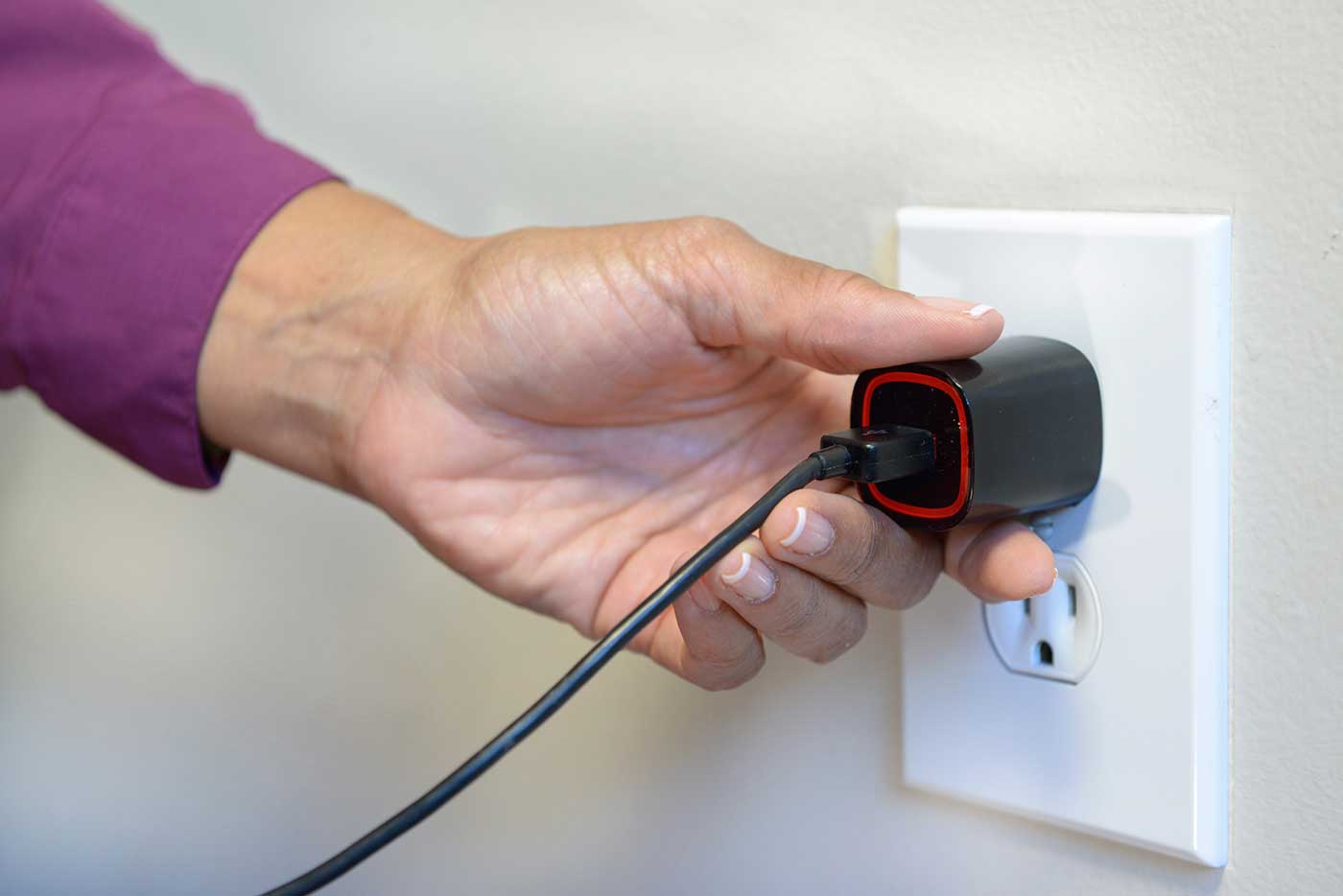
- Use LED bulbs where possible
- Unplug devices not in use
- If doing laundry, use a full load and a lower heat setting, if possible
- Keep your water heater at 120°F
- Set your thermostat a few degrees lower in the winter, and higher in the summer, if health permits
- Use a programmable thermostat if possible
- Try and reduce air leakage through cracks around the home
- Maintain systems in the home
EVERYONE CAN SAVE
ON PEAK SAVINGS DAYS.
The Peak Energy Savings Credit and Energy Wise Rewards™ programs are two ways to save on your monthly bill this summer.
Here's how they work.
The Peak Energy Savings Credit is a hands-on way for customers to save money and energy on Peak Savings Days.

- No enrollment necessary
- Reduce your energy use during specified hours – small changes can make a difference on your budget
- Earn credits - On average, customers get a $5 credit on each Peak Savings Day
Energy Wise Rewards™ is an automatic way for customers with central AC or a heat pump to save money and energy on Peak Savings Days.*

- Sign up and get a web-programmable thermostat or outdoor switch installed at no charge
- We’ll cycle participants central AC or heat pump off and on automatically
- Maryland customers will receive guaranteed credits of up to $160 their first year. Delaware customers will receive a one-time Installation Credit of up to $80 off their bill.
Both programs can help you save.
*This program supports EmPOWER Maryland.
Creating Your Personal Energy Plan
Your Personalized Energy Management Plan
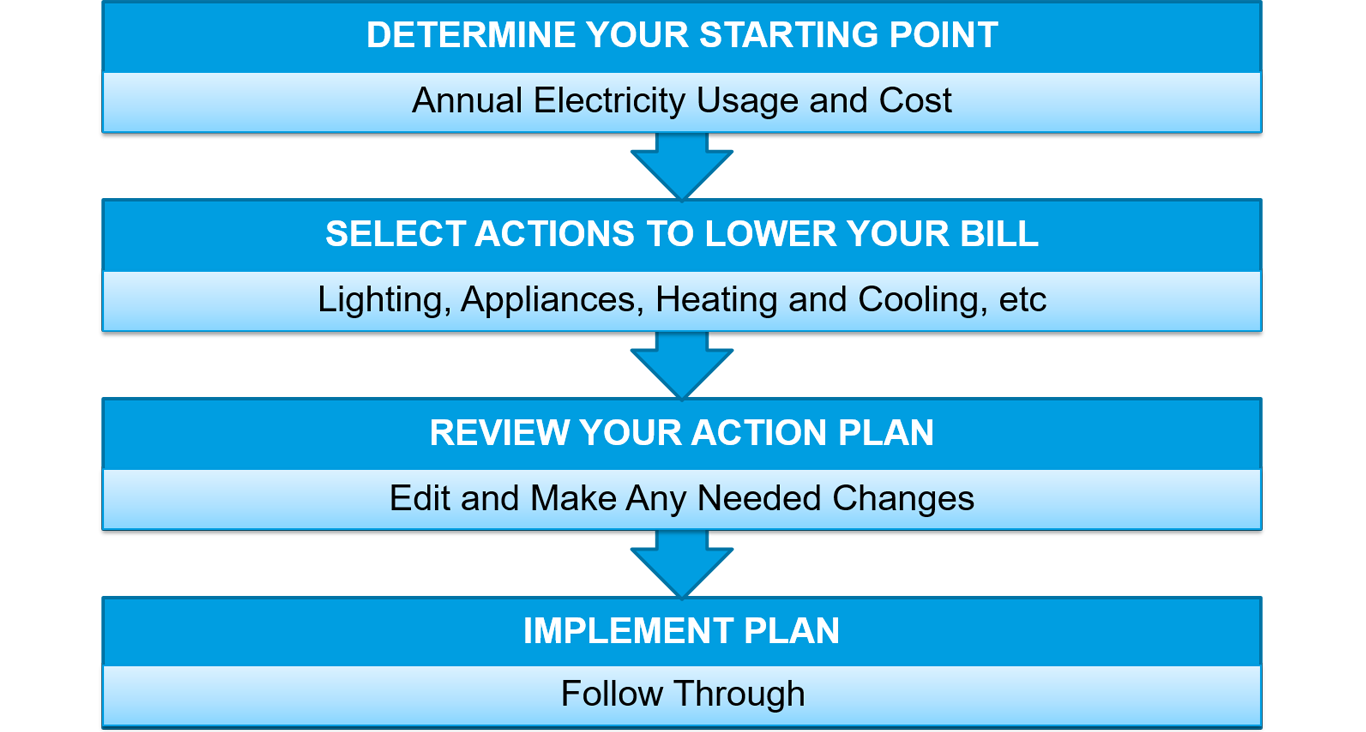
Click here to download your Personalized Energy Management Plan
Create a Personal Energy Management Plan on My Account
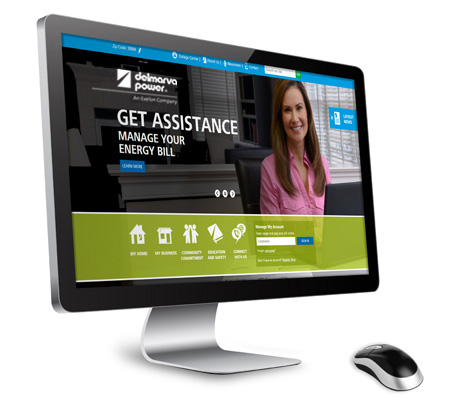
This section will focus on how you can personalize your energy management plan for My Account
Select Actions to Lower Your Bill

Select Actions to Lower Your Bill
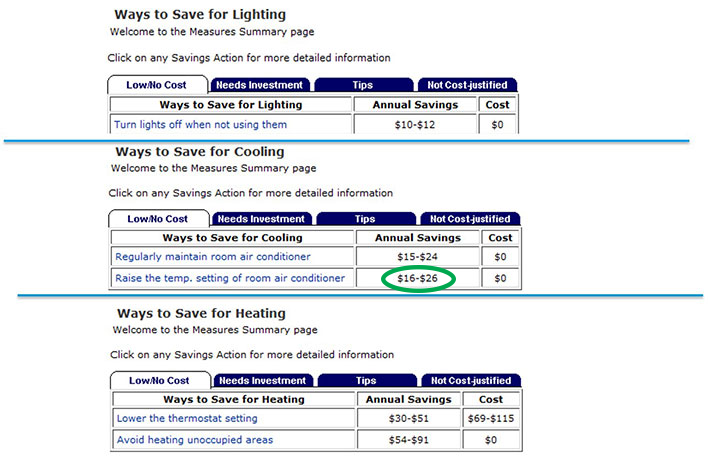
Select Actions to Lower Your Bill
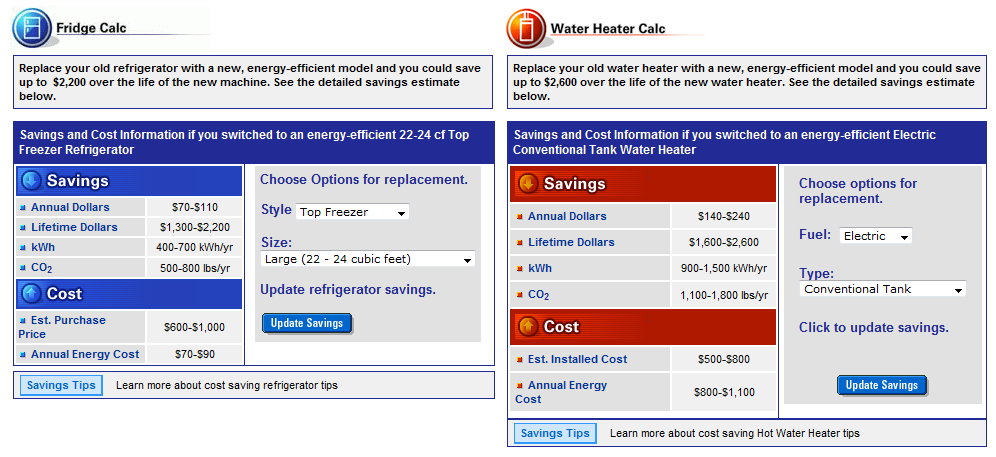
Review Your Action Plan and Implement
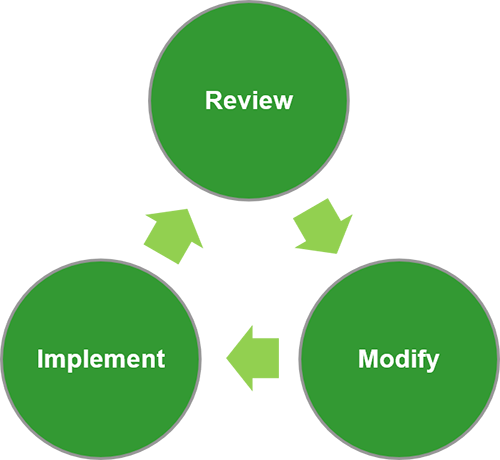
Resources
For more information about the topics covered in this tutorial, visit some of the links below:
- General information: www.delmarva.com/energytools or call us at 1-855-639-6383
- More energy-saving tips: www.delmarva.com/energytips
- Details about the Peak Energy Savings Credit and Energy Wise Rewards: www.delmarva.com/peak
- For more information about Efficiency Rebates, Incentives and Programs visit: www.delmarva.com/savings
To learn more about how tools on My Account can help you save, watch our helpful video.